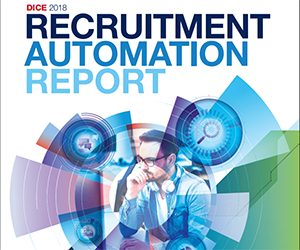10 Things to Include in Your Artificial Intelligence Policy
HR Bartender
NOVEMBER 19, 2024
I recently interviewed my friend and attorney Carrie Cherveny about some of the things that organizations might want to consider including in their policy. In the interview with Carrie, not only does she share her knowledge, but she shared the results of an AI inquiry. I hope you’ll check it out.























































Let's personalize your content